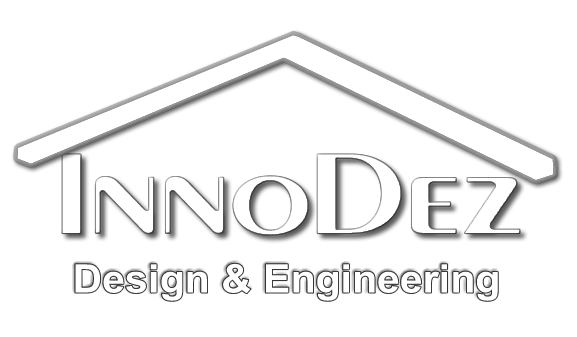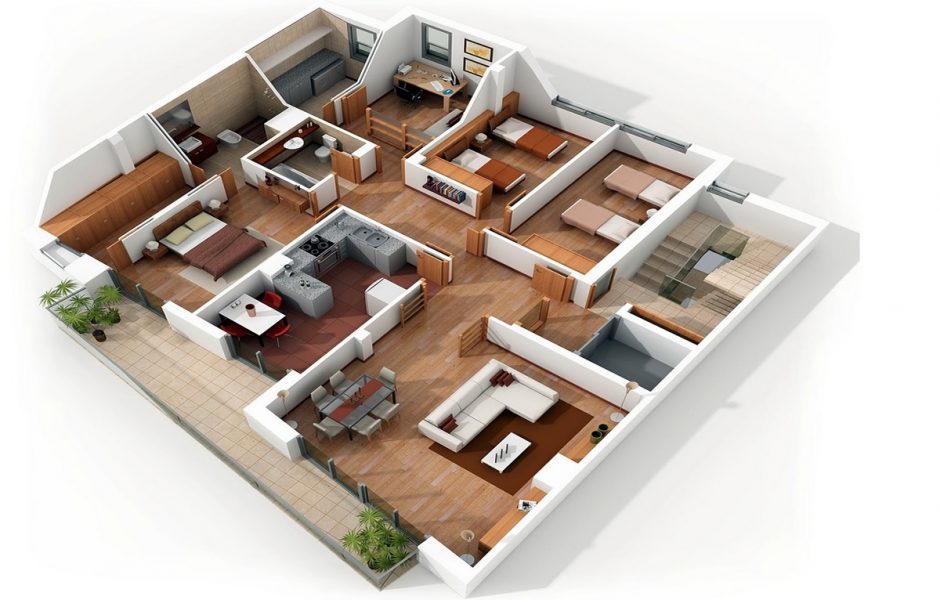As a homeowner, it's imperative to come up with the best floor plan to build your dream house. You must
Shop drawings are also referred to as fabrication drawings. They are typically detailed ideas that interpret design intent. These drawings help provide fabricators with the comprehensive information required to fabricate, built, assemble and fix all the elements of a structure. In the context of building projects, shop drawing is the most important element for fabricators and builders. Shop drawings for connections are usually involved in demonstrating the connections or the installation of the various structural components via diagrams. They play a significant part in the design and construction of quality features and provide a visual mode for architects, builders, installers, manufacturers, and fabrication shops to collaborate with one another. In this article, we will break down all the significant areas of shop drawings for connections, the use, and the importance of these drawings.
Introduction
Shop drawings for connections is a concise and detailed illustration of equipment or structural component intended to be made by a fabrication shop or fixed by an expert professional. Meanwhile, shop drawings for connections are instrumental to the course of the prefabrication design plan, they are also termed “prefabrication drawings.” These graphical representations are used by architects or fabricators to identify how the structural components will be installed throughout the construction process. Shop drawings for connections show a range of manufactured components including steel beams, electrical layouts, trusses, appliances, ductwork, concrete panels to elevators, and cabinetry. If you are designing a prefabricated structural component, shop drawing for connections are required to guarantee that the component is skillfully fabricated and connected to industry conditions and standards.
What are the necessary elements of Shop Drawings?
Shop drawings signify the process of prefabrication after formulating design depictions and stipulations. They contain more comprehensive information than construction sketches and closely examine the essentials of a prefabricated component. A concise and accurate shop drawing for connections typically holds:
- The title and number of the project.
- The date of the preliminary drawing stage along with the dates of succeeding adjustments.
- Comprehensive CAD illustrations of the prefabricated structural component often displayed from various angles.
- Additional Information and materials are necessary to fabricate the structural component, for instance, physical dimensions, measurements, material specifications, special guidelines, and manufacturing protocols.
- Necessary information need to assemble or connect the component, for example, step-by-step directions, a drawing of connections, and a variety of supporting materials that need to be procured and arranged for outstanding installation.
- Complete references that define how the prefabrication design plan addresses the conditions and specifications of the initial design strategy and construction documentation.
What are the uses and Shop Drawing and who uses them?
Many architectures, engineering, and construction (AEC) members utilize these shop drawings for connections to ensure the precise design, construction, fabrication, and connection of critical structural components. Some designers or engineers use shop drawings to compare the prefabricated version to the initial design plan and specifications. They also use these drawings to evaluate the difference between the fabricator’s versions of the design and the initial design conditions. The structural engineer also utilizes shop drawings to validate that every Rebar will be constructed to the accurate length and form for a structure’s integrity.
Shop drawings are also proved to be useful for the constructer to gain a better understanding of the tools, dimensions, magnitudes, and guidelines required to construct components. They also use shop drawings with additional samples to gain authorization or approval from the skilled design team. MEP consultants use shop drawings for connections to gain a better understanding of how to connect components like piping systems, ductwork, and electrical panels on a work site.
MEP and HVAC Shop Drawings
Importance of Shop Drawings
The importance and prominence of shop drawings for fabricators, engineers, designers, and other industry specialists cannot be exaggerated. Shop drawings for connections allow the construction project team to analyze, give remarks, and approve the final design plan and specifications of every structure component before the commencement of the fabrication process. In a rapidly-changing project setting packed with a lot of workers and components, shop drawings are vital for AEC and construction experts to produce timely, error-free, and cost-effective work.
Structural Shop Drawing
Conclusion
By concluding this article, we believed that the role of shop drawings cannot be overstated. Shop drawings for connections are proved to very helpful for the architects and designers for manufacturing purposes. These drawings ensure proper installations and connection of various structural components. Hence, it boosts the building’s structural integrity and increases the worth of the building.




About Author
InnoDez